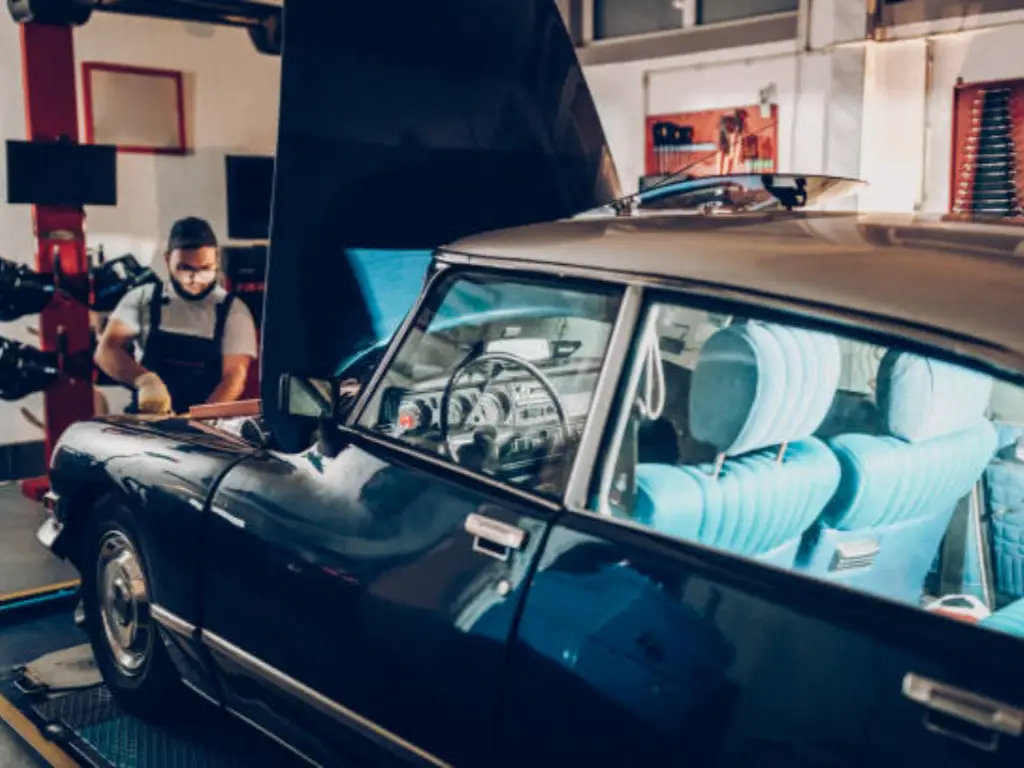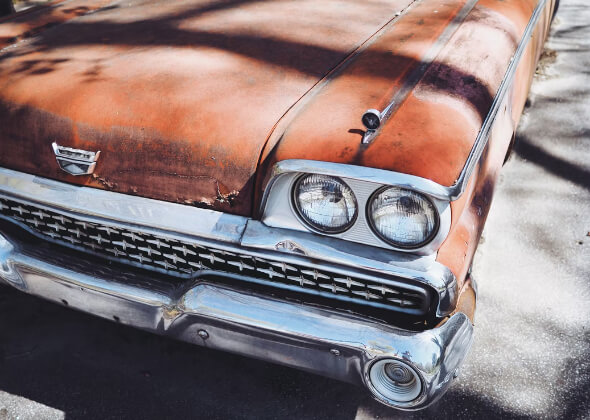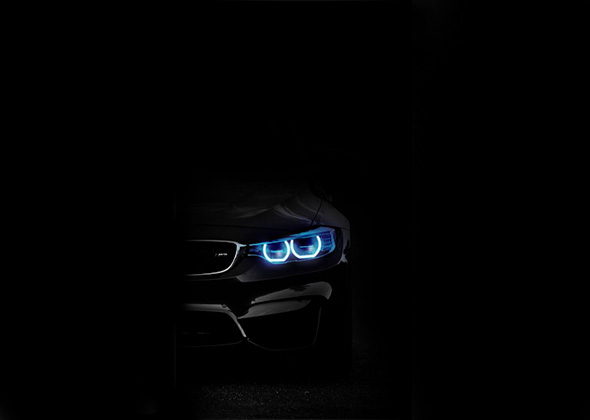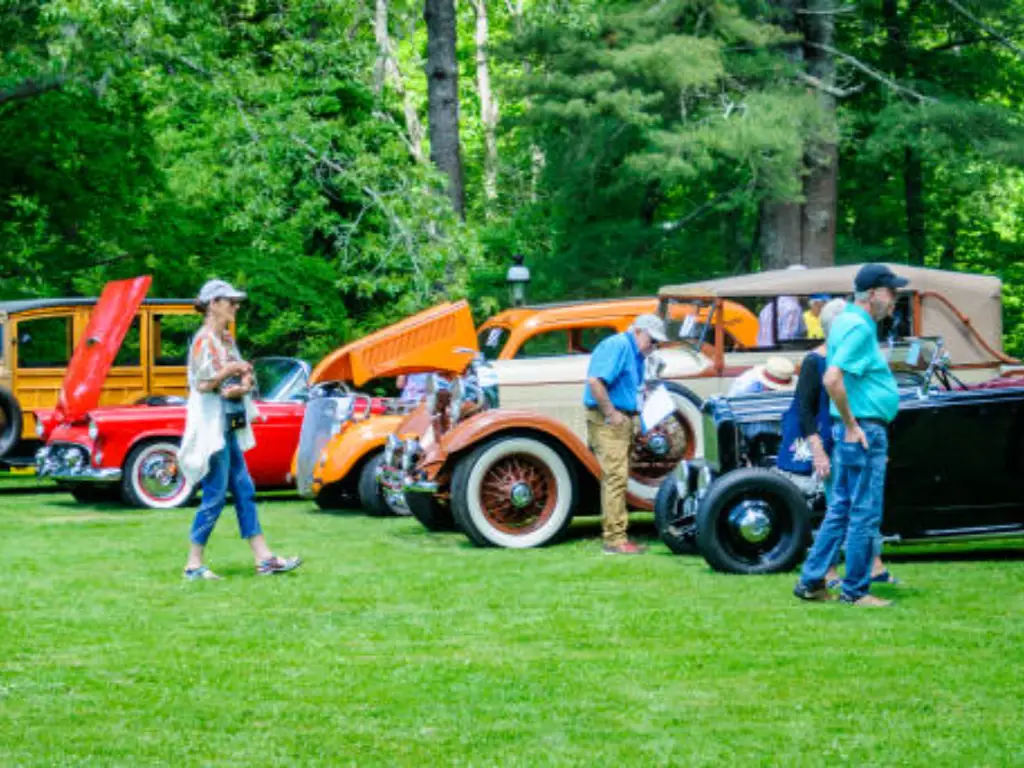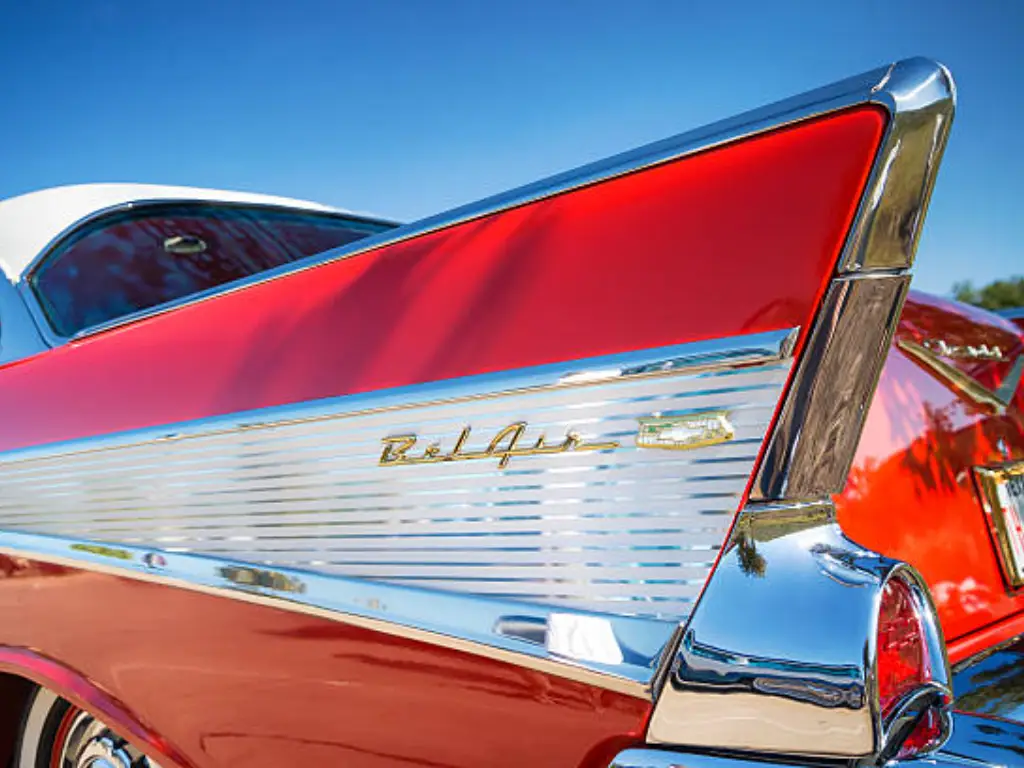Are you beginning a car light business? You will have to know the basic details about the product and service Sunway Autoparts will be offering your customers. For instance, if you want to deal in sealed beam headlights and composite headlights, you will need to know their functions and the difference between them. It is simple, if you know the function of sealed beam headlights, you are better equipped at handling the business.
The better prepared you are with the details, the more successful your business and trade are likely to become. Here is everything you will need to know about composite headlights vs sealed beam headlamps.
What are sealed beam headlights?
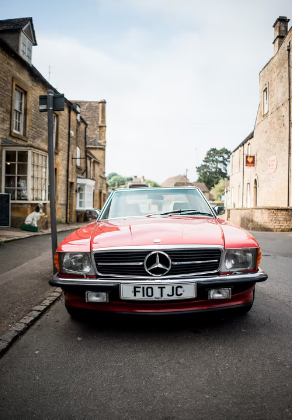
While today composite headlamps are being used extensively across the automotive industry, there was a time when sealed beam headlamps were the fashion. Before the US government became strict with standardized designs for all the water motors, sealed beam headlights were the first choice for any kind of vehicle. Sealed beam headlights had a dual filament design. This dual filament design counts as a major benefit for sealed beam headlamps.
To understand why the shift from sealed beam headlights to composite headlamp assembly occurred, you have to understand its history as well as its benefits.
History of sealed beam headlights
When cars came to the forefront, the headlight design was not uniform and largely depended on the manufacturer. Before the standardization rule in 1940 came out, the manufacturers used different types of headlights and designs as per their choice. After 1945 the cars manufactured in the US were mandated by law to have two headlights round in shape and seven inches in size.
This law was enforced until 1956, and a new law was passed in the following year. The cars could now use four sealed beam headlights, but the size could only be five inches. This law was enforced after taking into account that two headlamps will work as low beams and the other two will work as high beams. Some manufacturers decided to continue with the two headlamp features; however, most of them shifted to the four headlight design. Another notable difference between different cars was the arrangement of the sealed beam headlights.
Some designs were arranged vertically, while others maintained the horizontal positions. Another change in rules came in 1975 when round headlights were replaced by rectangular-shaped headlights. Manufacturers have the liberty to choose whether they want to go with a two headlamp design or a four headlamp design. In 1984, the law changed to allow manufacturers to use composite headlamps.
Benefits of sealed beam headlights
The major benefit of sealed beam headlights was the ease of maintenance it provided mechanics as well as manufacturers. The easy functioning of the headlights was also a benefit that is worth noting.
Popular sealed beam headlights
- SYLVANIA H6054 XtraVision Halogen Sealed Beam Headlight
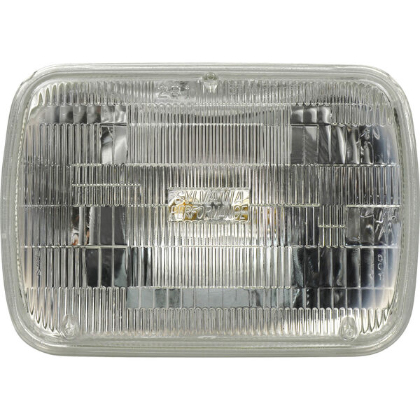
- Vester Led Headlight, 60W Sealed Beam Headlights
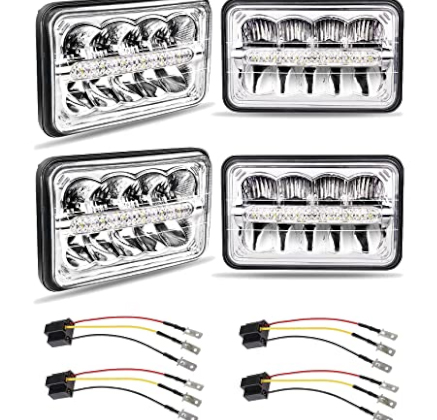
- LEDUR Sealed Beam LED Headlamp Bulbs Rectangular
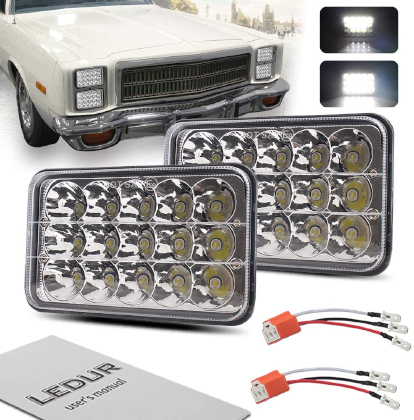
- UNI-SHINE Projector LED Headlights Sealed Beam
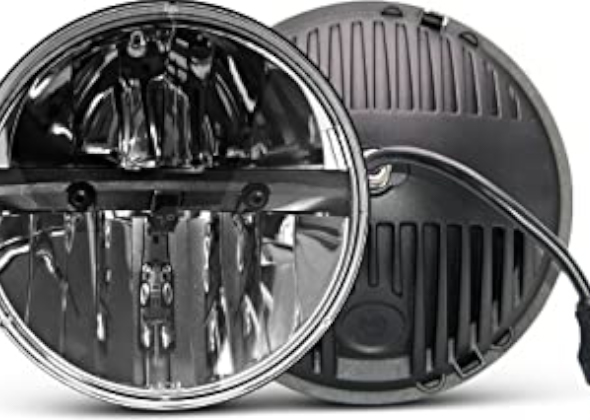
What are composite headlights?
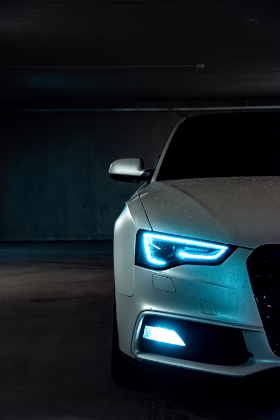
Composite headlights are what you see today in different automotives manufactured worldwide. The composite headlight is called by its name because it has a plastic reflector along with the glass lens, which is fitted in front of the bulb to the headlight. The typical glass which was used in sealed beam headlights is replaced by quartz halogen, which is highly resistant to the heat produced by the bulb and does not suffer any damage over long-term use.
History of composite headlights
Sealed beam lights and burnt out lights were popular before composite lights. With burnt out lights, one would have to spend a lot to replace the entire headlight. This would be a long process and not feasible for everyone to do. Another disadvantage of burnt out lights was that the deposited black residue on the glass caused low visibility even if the bulb was shining bright.
Composite headlights proved to be a perfect replacement because all they required was the replacement of the bulb when it fused. The change in the shape was also a great benefit that the previous headlight types could not offer. The major landmark in the history of composite headlights was the law in 1983, which allowed composite headlight assemblies in automotives.
Benefits of composite headlights
Composite headlights come with the most significant benefit of easy replacement of the bulb without requiring the replacement of the entire unit because the reflector surface was burnt out. Another significant benefit of composite headlights is their ability to turn into fog lamps as well as turn signals. This allows manufacturers to design headlights with an aesthetic vision in mind.
Popular composite headlights
Composite headlights are used by most of the manufacturers around the globe, so talking about popular products will not be fair because it depends from brand to brand.
Composite headlights vs sealed beam headlights
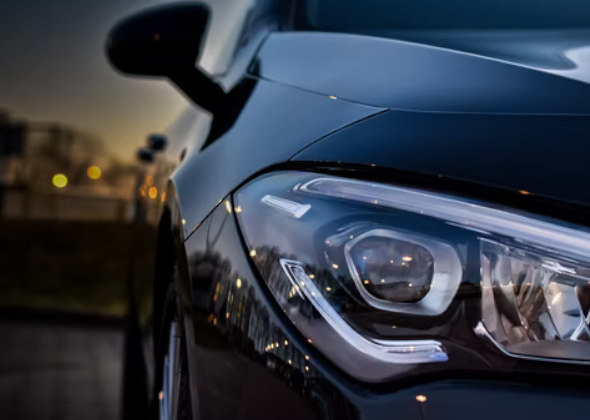
Composite headlights came into the scene of the automotive industry after sealed beam headlights presented their disadvantages. Composite headlights can be used in different types of automotives and allow for the perfect blend of design and functionality. Composite headlights are used extensively because of the ease of use and the easy replacement offered. Having the entire headlight removed, you can only replace the bulb when it goes out.
Sealed beam headlights were made just before composite headlights came to the scene. They do not have great disadvantages as the light offered by them is comparable to that of the composite lights. For people who have vintage cars, sealed beam vintage headlights are still the first choice because they are in line with the design of their car. The major benefit that seal beam headlights offer has to do with their design and aesthetic function.
If both are compared, there is no clear winner because the application of both the headlights is different. Both of these headlights appeal to different clientele, so having both of them in stock would probably be the best approach for any business.
How to Find a Trusted Automotive Headlamp Supplier
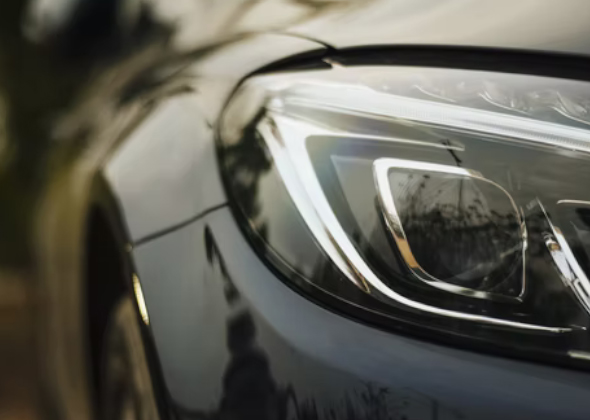
Getting a supplier for classic car headlights has a lot to do with several different factors that range from quality to product range. Your manufacturer will have to be selected carefully because their service will determine whether or not your clients respond to your services well. A reliable supplier like Sunway has enough experience to offer you the best products and services without any hidden costs.
Whether you are on the lookout for vintage headlights or composite headlights, this manufacturer has everything you might need for your business. Good customer service will help your business reach new heights. If your manufacturer delivers your products on time, you will be able to provide your own clients a good service which will turn into a loyal customer base for your business.
As a business owner, you should know whether to cater to customers looking for composite, OEM headlights or vintage headlamps, but it will also depend on your expertise. Of course, if you have an established business, you can contact your supplier for both types of headlamps. Otherwise, just knowing your supplier provides different types of headlamps will be enough in case the need arises in the future.
Conclusion
Now that you have read the entire article detailing the history, benefits, and functionality of both a composite headlight and sealed beam headlight, you should know which one to invest in. Both of them have a separate customer demographic.
The appeal of vintage cars and car parts is unparalleled, which makes the market catering to these types of car parts very exclusive. On the other hand, since composite headlights are used almost everywhere, choosing to direct your business towards it would also be a great approach. If in doubt, contact Sunway now.


